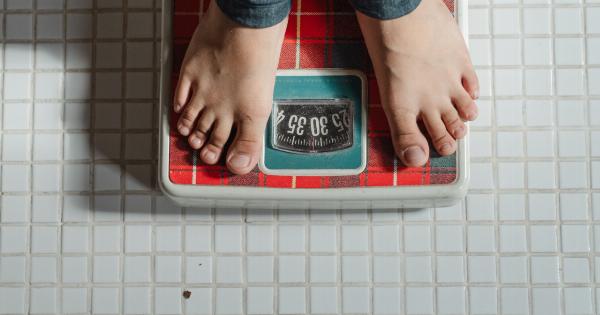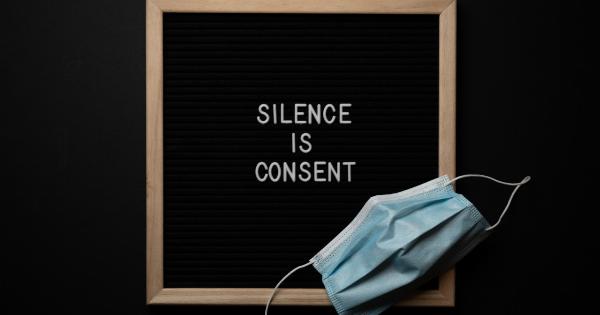Many people experience decreased productivity and energy levels in the mid-afternoon, making it difficult to focus on tasks and stay alert.
A quick power nap taken during lunch can improve cognitive function, increase alertness, and help you feel more refreshed. The question is, how long should your power naps during lunch be to maximize these benefits?.
The Benefits of Power Napping
A power nap is a brief period of sleep taken during the day, typically lasting between 10 and 30 minutes. Despite its short duration, a power nap provides numerous benefits for both physical and mental health. These include:.
- Increased alertness
- Improved cognitive function
- Enhanced creativity and problem-solving ability
- Reduced stress and anxiety
- Boosted mood and energy
- Improved memory and learning
- Reduced risk of heart disease and other health issues
Given these benefits, many employers are now encouraging their employees to take power naps during the workday to improve productivity and reduce stress levels.
The Ideal Duration of a Power Nap
When it comes to power napping, duration is key. A 10 to 20-minute nap is generally considered ideal, as it provides enough time for your brain to recharge without entering a deep sleep state.
This short duration also ensures that you do not feel groggy or disoriented upon waking up.
However, some people may find that they need a longer nap to feel fully refreshed and alert. In this case, a 30-minute nap can be beneficial, as it allows your brain to enter a deeper sleep state, which can help to alleviate stress and improve mood.
On the other hand, napping for longer than 30 minutes can lead to sleep inertia, a state in which you feel groggy and disoriented upon waking.
This can actually reduce productivity and make it difficult to focus on tasks, so it is important to avoid napping for too long.
Factors That Affect Nap Duration
While the ideal duration for a power nap is generally between 10 and 20 minutes, the actual length of your nap may vary depending on several factors. These include:.
- Your individual sleep needs and patterns
- Your current level of fatigue and stress
- Your general health and well-being
- The time of day that you are napping
- Your sleep environment and comfort level
For some people, a 10-minute nap may be enough to provide a significant boost in productivity and energy levels, while others may need to nap for up to 30 minutes to achieve the same benefits.
Tips for Taking a Successful Power Nap
While power napping can be highly beneficial, it is important to take steps to ensure that your nap is successful and does not interfere with your ability to work or stay focused. Some tips for taking a successful power nap include:.
- Choose a quiet, comfortable place to nap
- Use earplugs or an eye mask to block out noise and light
- Set an alarm to ensure that you do not oversleep
- Avoid drinking caffeine or eating large meals before napping
- Take deep breaths and consciously relax your body before napping
- Avoid napping too close to bedtime, as this can interfere with nighttime sleep
By following these tips, you can ensure that your power nap is effective in boosting your productivity and energy levels, without interfering with your work or daily routine.
The Bottom Line
A power nap taken during lunch can be highly beneficial for improving productivity and reducing stress levels. While the ideal duration for a power nap is generally between 10 and 20 minutes, some people may benefit from a nap lasting up to 30 minutes.
Factors that may affect nap duration include individual sleep needs, current level of fatigue and stress, and general health and well-being. To ensure that your nap is successful and effective, it is important to follow some simple tips, such as choosing a quiet and comfortable place to nap, and avoiding caffeine and large meals before napping.































